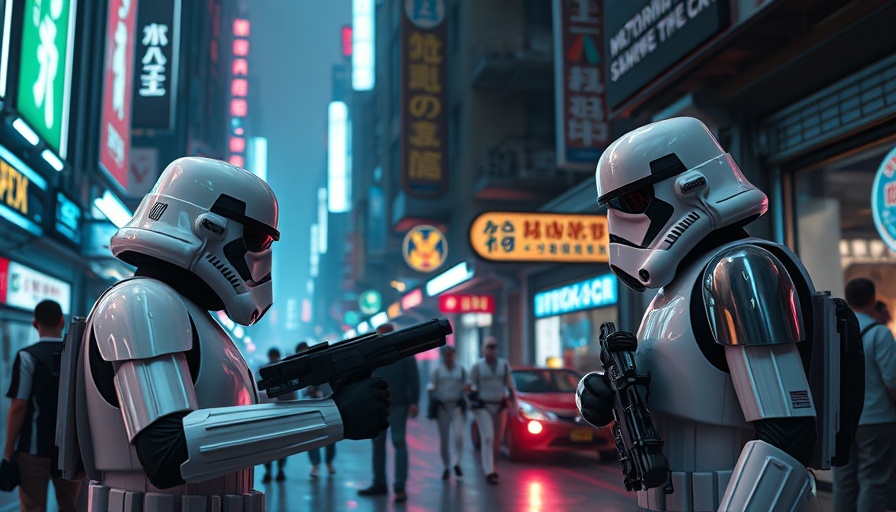
Remembering Star Wars: Underworld: A Lost Vision of Galactic Storytelling
As Star Wars fans eagerly anticipate the next wave of content, the recent success of Andor reignites conversations about projects that never came to fruition. Among these is George Lucas' ambitious series Star Wars: Underworld, a concept that promised to explore the underbelly of the galaxy far, far away. Announced in 2005, just after the release of Revenge of the Sith, the series was set to delve into the dark and vibrant life of Coruscant, the Star Wars galaxy's bustling core world, far removed from the familiar narrative of the Skywalker saga.
The Groundbreaking Premise
Underworld was envisioned to be more than just another Star Wars story—it aimed to reflect a more adult-oriented narrative, focusing on the criminal factions embroiled in power struggles within Coruscant. Producer Rick McCallum highlighted the depth of storytelling with stories that were described as dark, sexy, and thought-provoking. This was a significant departure from the often sanitized portrayal in previous films. The series was set to comprise serialized episodes, with a staggering initial count of 60 scripts created during its development, showcasing the dedication and creative ambition behind the project.
Legacy and Production Insights
The announcement of Underworld surprised many fans, particularly in light of the lack of new content following the conclusion of the prequel trilogy. During the years leading up to its cancellation, multiple high-profile writers, including Ronald D. Moore and Matthew Graham, engaged with Lucas' vision, contributing to the depth and intricacy of the storyline. Unfortunately, as the Star Wars franchise transitioned to the ownership of Disney in 2012, Underworld's fate was sealed, leading to its untimely cancellation.
Reflecting on Missed Opportunities
With the expansive Star Wars universe still growing, fans can’t help but speculate on the potential of revisiting Underworld. As viewing habits evolve towards more serialized storytelling, characterized by complex characters and morally gray narratives, there might still be an audience yearning for such depth within the galaxy. The question remains: Could a revival or reimagining of Underworld fit into the current landscape of Star Wars content?
What’s Next for Star Wars?
Looking forward, the many upcoming projects like season two of Ahsoka and various films might overshadow the legacy of Underworld, but the potential for exploring the rich narratives within the Star Wars universe remains vibrant. Understanding fan demands for innovative storytelling can shape how new series emerge, possibly allowing for deeper, more layered tales reminiscent of Lucas' original vision for Underworld.
The conversation surrounding Star Wars: Underworld serves as a reminder of both the rich legacy and the continuously evolving narrative possibilities within this beloved universe. As fans, we can only hope for the chance to see these untold stories come to life someday.
 Add Row
Add Row  Add
Add 




Write A Comment